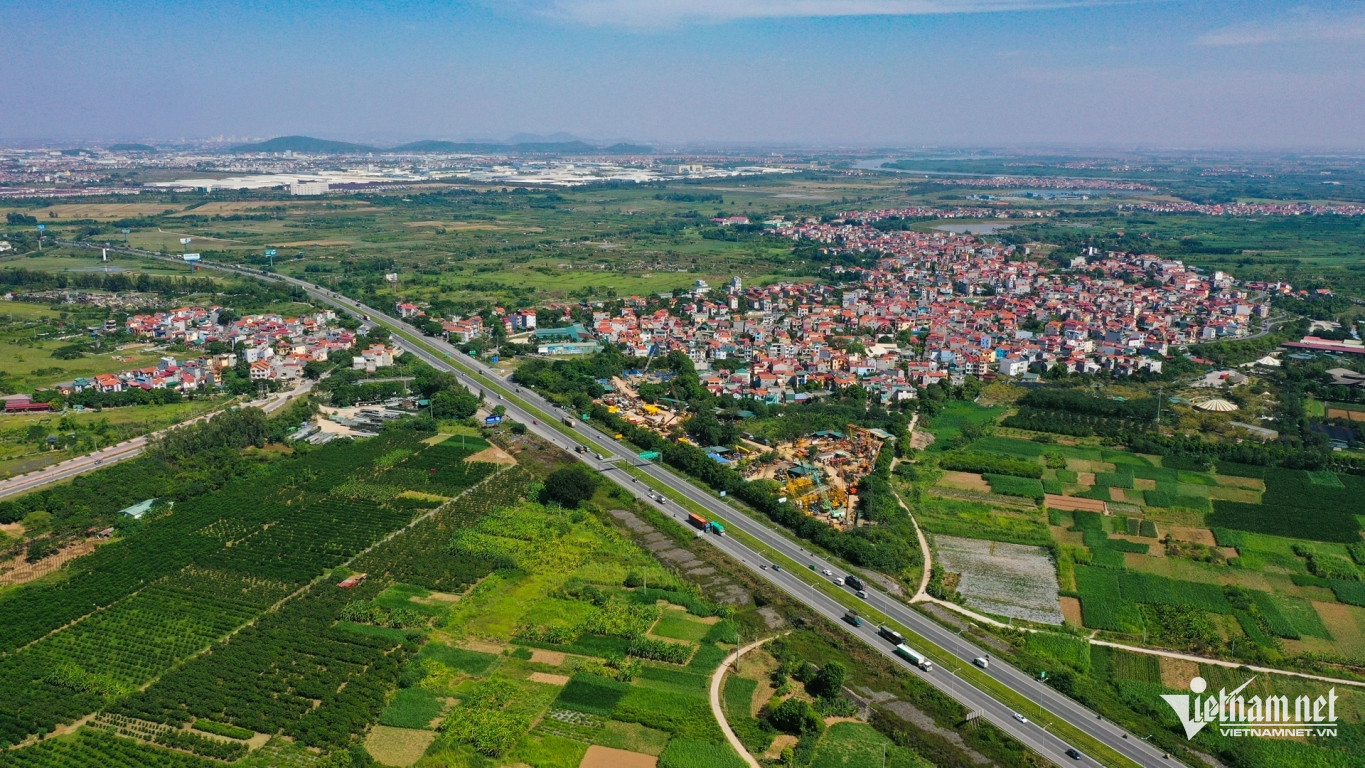
Nguyen Quoc Anh, Deputy CEO of Property Guru Vietnam, said the real estate market has seen a surge in interest across several promising regions. For instance, Ninh Binh recorded a 96 percent increase in interest. while Ha Nam (former) saw a 30 percent rise.
Quang Nam (former) has unexpectedly led with a 96 percent surge in interest, while Da Nang also rose by 39 percent.
“The combination of seaports, airports, and open economic zones, along with the vision of becoming an ‘international twin,’ makes this area stand out, meeting criteria for both sea-borne economy and tourism services,” Anh said.
Meanwhile, Bac Ninh and Bac Giang (former) saw the interest rise by 43 percent and 83 percent, respectively. According to Anh, leverage from highways, railways, and industrial development planning is driving these provinces forward.
The southern megacity triangle of HCM City, Binh Duong (former), and Ba Ria –Vung Tau (former) continues to maintain strong appeal, forming a hub for industry, seaports, and financial-service centers, promising an impact on the real estate market in the near future.
Le Dinh Chung, General Director of SGO Homes, noted that Hung Yen (after merger with Thai Binh) boasts well-invested transport infrastructure, from highways to railways, enabling quick connections to Hanoi and nearby economic hubs.
Additionally, the advantage of industrial development is attracting capital to the locality.
Next is Bac Ninh, which Chung considers the most attractive market, particularly for the industrial segment. Export processing zones and industrial parks are thriving, drawing both domestic and foreign investors.
Quang Ninh and Hai Phong, having gone through a quiet phase and “cooling off” for about four years, are now recovering strongly. With Hai Phong’s major seaport and Quang Ninh’s expansion, they promise to be a stable growth region this year.
“These areas meet key criteria such as market demand, connectivity infrastructure, rental potential, and urbanization pace, the critical factors for investors to confidently invest post-merger,” Chung said.
According to Chung, 78 percent of investors focus on growing their capital, with the rest driven by other opportunistic factors.
From post-2022 to early 2025, investors concentrated on two main segments. First is cash-flow-generating real estate, such as products that can be rented immediately and yield stable profits. Second is urban real estate, meeting residential and amenity needs, with potential for long-term exploitation.
“Investors tend to prioritize provinces with strong infrastructure and production bases, especially in industry; areas with migration pull from major hubs like those around Hanoi; and well-connected regions via major transport routes. High population density and urbanization are also key to ensuring liquidity,” Chung said.
Nguyen Van Dinh, Vice Chair of the Vietnam Real Estate Association, cautioned that post-merger, localities will likely adjust policies, strategies, and planning. Investors should remain calm to adapt to these changes and make informed decisions.
Anh Phuong